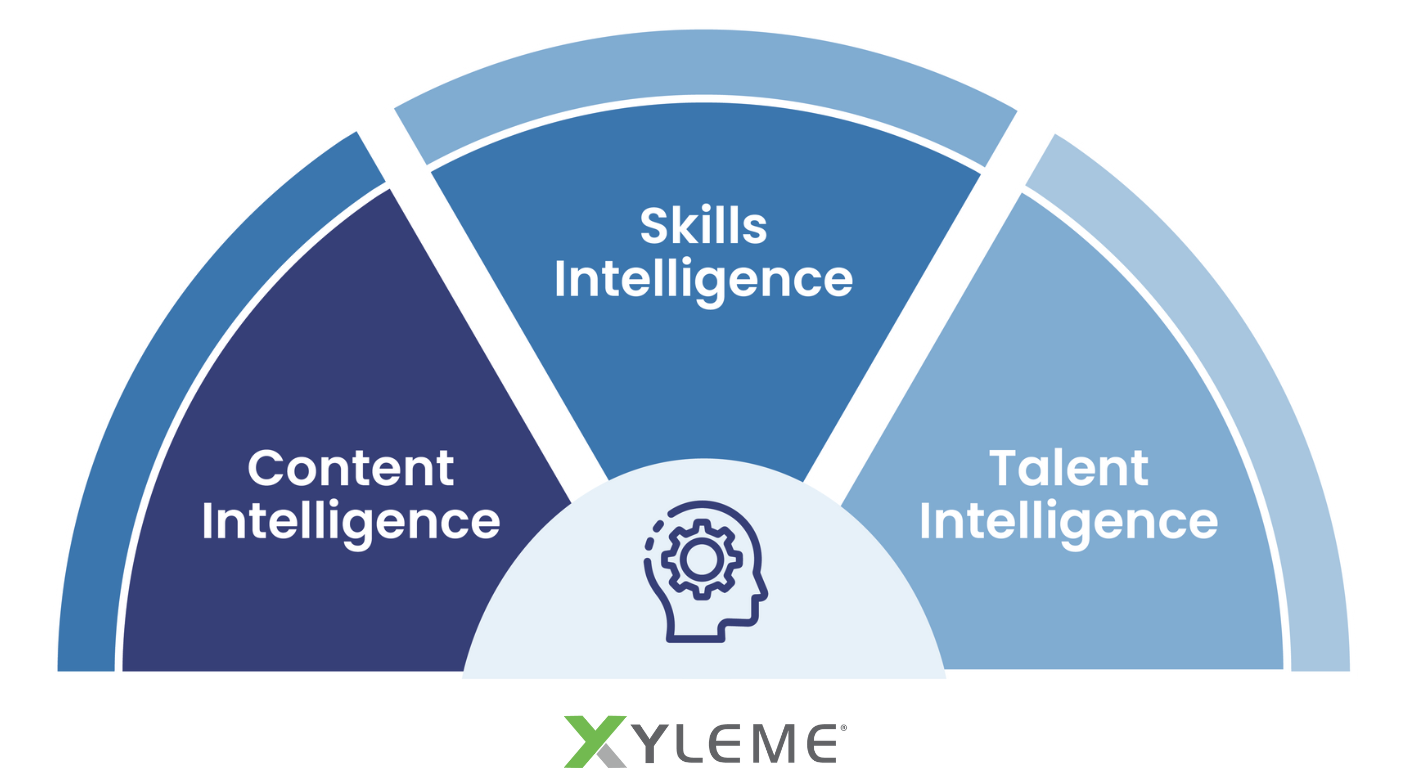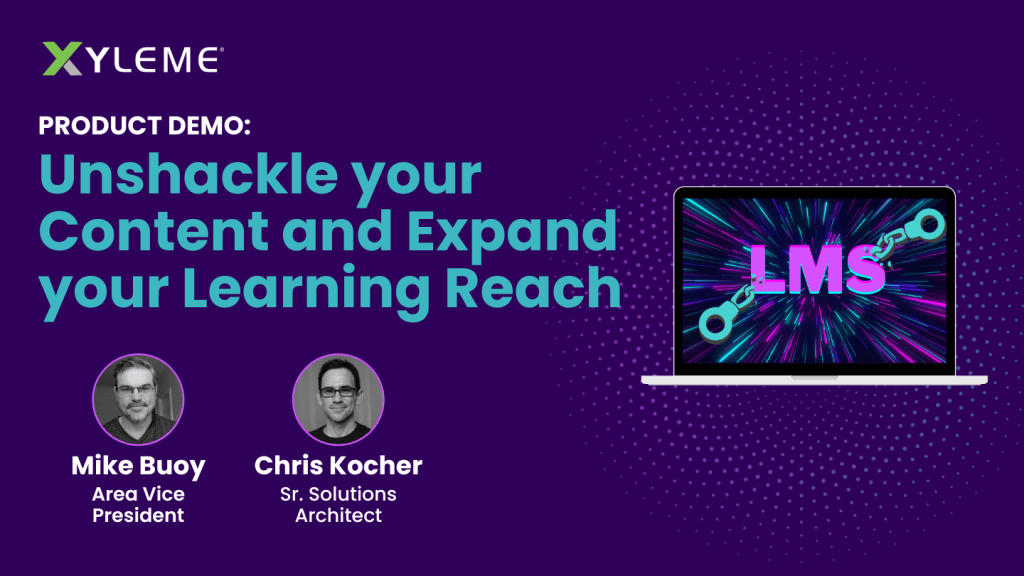The last major digital transformation of Learning and Development occurred decades ago, with the advent of the Internet. Now, we are seeing a second revolution in the form of AI-assisted platforms for talent, skills, and content management that go beyond the traditional LMS.
Expand Your Learning Management Beyond the LMS
Many organizations rely on their Learning Management System (LMS) to manage learning content, believing it to be the central pillar of their learning ecosystem and strategy. However, the truth is that LMSs lack the necessary functionality to meet the needs of both the content consumer and the organization as a whole.
Limitations of the LMS
LMSs were originally designed to
administer learning content and track course completions for compliance purposes. They were primarily created as tools for Human Resources and Learning and development teams to ensure that required courses were completed by specific learners. Yet, as the needs and expectations of learners and organizations have grown and evolved, the limited capabilities and scope of LMSs have become inadequate to support an entire learning ecosystem.
Beyond the LMS: Enter the LCMS
However, for organizations seeking a more complex learning content management strategy, where multiple products, audiences, roles, and languages come into play, it is crucial to have a Learning Content Management System (LCMS) at the center of the Learning Technology Ecosystem.
The Need for a LCMS
A
Learning Content Management System offers the capabilities and functionality required to support a dynamic and robust learning ecosystem. It enables organizations to effectively manage and deliver content across various platforms, ensuring that the needs of both content consumers and the organization are met. With a LCMS, organizations can easily accommodate the ever-increasing demands of content deliverables and maintain control over seamless content translation and localization.
Turning Data into Actionable Insights
These intelligent platforms use AI to deliver data-driven insights that help optimize existing skillsets inside organizations and must be combined to deliver the data-driven modern learning experience necessary in an era of talent scarcity.
Talent Intelligence: Enhancing Workforce Planning
Talent Intelligence is the application of data to recruit, retain, reskill, and reorganize work. These insights are used to identify the strengths and weaknesses of the workforce and improve planning to ensure talent is properly placed to meet business objectives.
Using job opening, recruiting, hiring, and promotion data, skill companies can sense and predict:
- Strengths of your entire talent pool to identify underlying skill gaps
- Someone getting ready for a career shift or looking for a new role
- Candidate matching for open positions
Talent Intelligence Platforms assist with:
- Classifying and measuring the current talent pool against skills required to drive business plan
- Monitoring time to fill open positions, candidate source (internal/external), and the skills posted versus skills of the selected candidate
- Tracking employee mobility and retention
- Managing costs of talent acquisition
Skills Intelligence is building and managing skills ontologies, cataloging who has a particular skill set, and defining skill requirements for roles. These insights help organizations identify the skills critical for success in each role and upskill the right people in real-time as market demands shift.
Using this data organizations can:
- Build and maintain skills ontologies to drive performance and growth
- Sense changes in skill requirements demonstrated by top performance in a role and use this data to adjust job descriptions and hiring criteria
- Make connections with adjacent skills to expand the candidate pool for open positions
Skills Intelligence Platforms assist with:
- Creating and maintaining skills ontologies
- Filling roles, sourcing work, and staffing projects based on skills, adjacent skills, and skill potential
- Building individualized career journeys based on targeted skill gaps
Content Intelligence makes content smarter by identifying the most effective learning content for individual learners based on skills, competencies, and learning styles. Content intelligence helps employees succeed in their current roles and prepares them for the next.
Using this data organizations can:
- Analyze content library against forecasted skills requirements to prioritize content development projects
- Merge content utilization data with operational metrics to identify most effective learning interventions
- Enable the creation of individualized learning plans
Content Intelligence: Making Learning Smarter

Content Intelligence is typically included as part of a Learning Content Management System (LCMS), like Xyleme, and assists with:
- Cataloging and classifying content against skills ontology
- Tracking content utilization across all delivery methods to paint a more complete picture of the learning journey
- Allowing content to act like code – content is stored in JSON & edited as XML, tagged with metadata, and can be manipulated by scripts to support more dynamic and individualized learning journeys
By
integrating talent, skills, and content intelligence, organizations can create hyper-individualized learning experiences that drive growth for both the learner and the enterprise. L&D teams can use the data available from these new tools to create logic-driven pathways that direct learners to their next role. These learning experiences should include formal, social, and online learning to build confidence and proficiency.
Embracing the Future of Learning
The world is changing too fast for learners to keep up. While the LMS served its purpose in simpler times, it is no longer enough to fulfill the complex needs and expectations of the modern learning ecosystem. A Learning Content Management System, with its extensive functionality and adaptability, should be at the core of the Learning Technology Ecosystem for organizations aiming to excel in their learning content management strategy.
Learners need to become adept at learning on the go and organizations need to be able to move the right content into the flow of work through their internal applications, ensuring it’s accessible when and where it is needed. Now, by combining worker profile data with the current context, future needs can be predicted, and relevant suggestions can be served in real-time.







